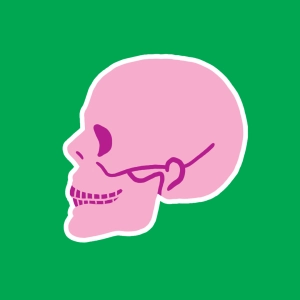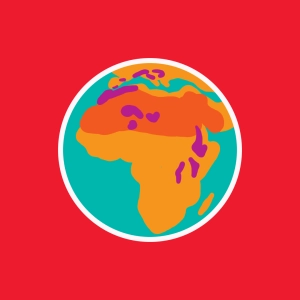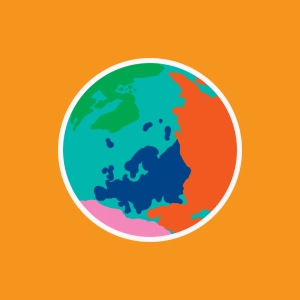 Evolution of Life
Evolution of Life
Learning objectives
- To define the main stages of the evolution of life.
- To put the history of humanity in context.
- To be able to read a timeline.
This timeline is a shortened version of eduMedia's great "History of the Earth" fresco.
Only the last eon is represented: the Phanerozoic. It is the last and shortest of the four eons (541 Ma). It is the one in which we live and its main characteristic is the explosion of biodiversity. The word "Phanerozoic" comes from the Greek words φανερός (phanerós = "visible") and ζωή (zōḗ = "Living" or "Animal"). The abundance of life observed for the first time at the very end of the Proterozoic (Ediacaran) accelerates to the Cambrian with what paleontologists call the Cambrian explosion. Biodiversity is first underwater and it is only in the Silurian and then in the Devonian that the flora and fauna adapt to conquer the terrestrial coastline. Dinosaurs ruled much later, during the Mesozoic (more than 150 million years after the release of Tiktaalik from the waters in the Devonian). The Phanerozoic is the eon we know best because the geological layers and fossils are better preserved. The three previous eons (Hadean, Archaean and Proterozoic) are merged into a single super-eon named Precambrian which lasts nearly 4 billion years.
Drag the fresco to move through time or click on a period in the navigation bar.
Click on an animal to display its name.
Acknowledgements :
- Fresco "In search of lost times": http://svt.ac-creteil.fr/?Using-fresque-interactive-A-la-recherche-des-temps-perdus
- Ilga Porth, Wood and Forest Science, Laval University, Quebec
- "Planet Earth" by Pierre André Bourque: http://www2.ggl.ulaval.ca/personnel/bourque/intro.pt/planete_terre.html

Discover EduMedia for free
The interactive encyclopedia that brings science and math to life in the classroom.
Over 1,000 resources





